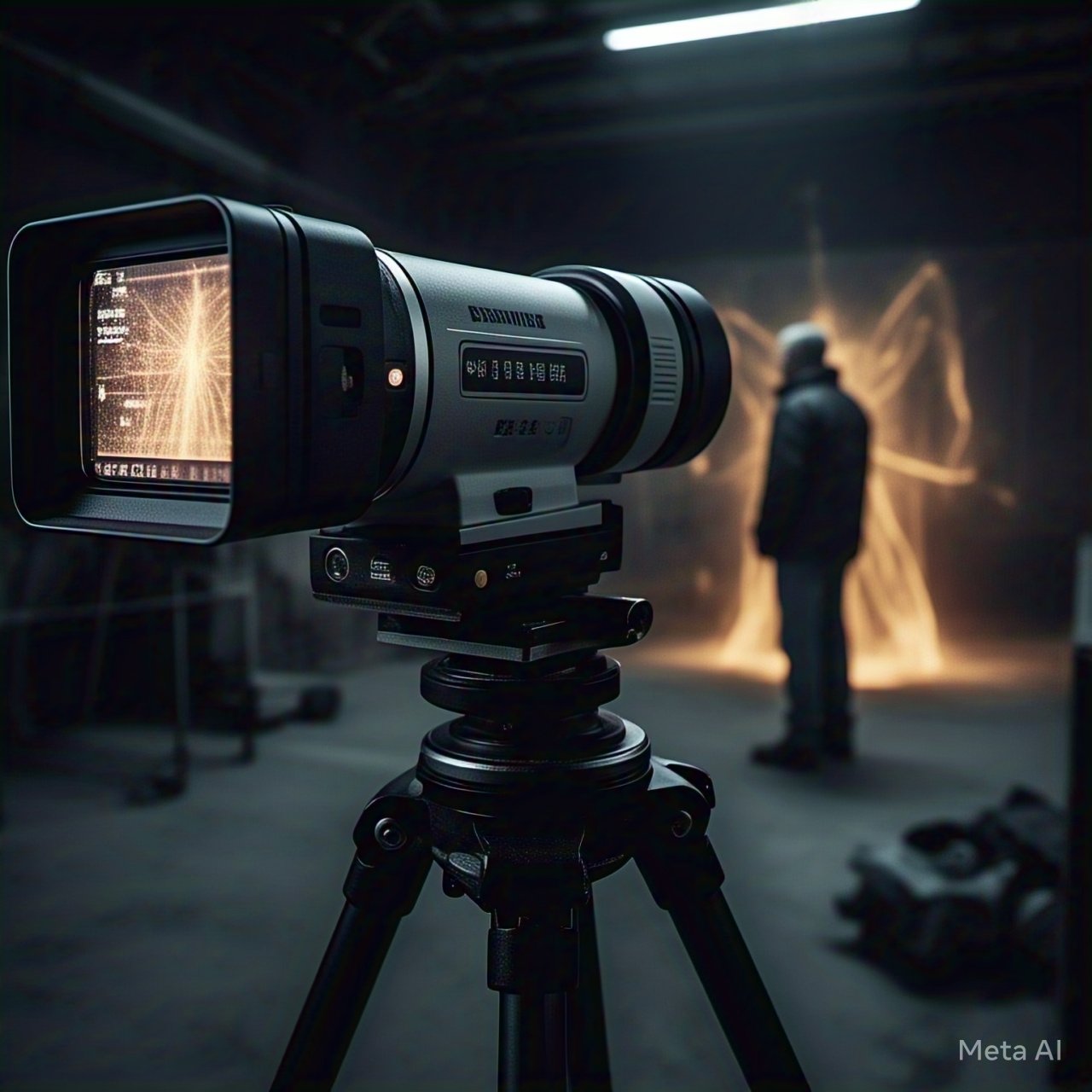
Mumbai, the bustling financial and cultural capital of India, is home to some of the most innovative and visionary architects in the country. From soaring skyscrapers to sustainable urban developments, the city’s architectural landscape is constantly evolving. Among these developments, educational design architecture has become a crucial sector, focusing on creating learning environments that enhance creativity, engagement, and sustainability.
The top architects in Mumbai are revolutionizing the way educational institutions are designed by integrating modern technology, sustainability, and student-centric layouts. These firms are not only shaping schools and universities but also redefining how students and educators interact with their surroundings.
In this guide, we will explore the leading architects in Mumbai who are making significant contributions to educational design architecture, along with key trends shaping the sector.
The Importance of Educational Design Architecture
Education is the foundation of a progressive society, and the architecture of educational institutions plays a vital role in shaping the learning experience. Gone are the days when schools and colleges were built as mere concrete structures with standard classrooms. Today, educational design architecture focuses on creating dynamic, flexible, and sustainable spaces that foster creativity and intellectual growth.
Key Aspects of Modern Educational Architecture
Student-Centric Design
Classrooms are no longer rigid spaces; they now encourage collaboration and interactive learning.
Open spaces, flexible seating, and technology-integrated learning areas create a more engaging environment.
Sustainability and Green Building Practices
The use of natural lighting, energy-efficient systems, and eco-friendly materials helps reduce the carbon footprint of educational institutions.
Rainwater harvesting, green roofs, and solar panels are becoming standard features in modern educational buildings.
Integration of Technology
Smart classrooms equipped with digital boards, AI-driven learning tools, and VR-based teaching methods enhance the learning process.
Schools and universities now incorporate advanced building management systems (BMS) for better efficiency.
Inclusivity and Accessibility
Architects ensure that learning environments are accessible to all students, including those with disabilities.
Features like ramps, elevators, braille signage, and ergonomic furniture improve inclusivity.
Top Architects in Mumbai Leading the Way in Educational Design Architecture
Mumbai is home to some of India’s most talented and visionary architects who have made significant contributions to the field of educational design architecture. Let’s explore some of these top architects and firms.
SJK Architects
Among the top architects in Mumbai, SJK Architects stands out for its commitment to sustainable and context-sensitive design. The firm has successfully executed several educational projects that integrate cultural influences with modern architectural techniques.
Notable Features in Their Educational Projects:
Open and flexible learning spaces that encourage interaction.
Use of locally sourced materials and sustainable design elements.
Focus on green building techniques to minimize environmental impact.
Hafeez Contractor
A legendary name in Indian architecture, Hafeez Contractor has been instrumental in designing some of Mumbai’s most iconic buildings, including educational institutions. His firm is known for integrating modern designs with functionality, ensuring that students and educators get an optimized learning environment.
Notable Projects:
DY Patil University, Navi Mumbai
Hiranandani Foundation School
Sanjay Puri Architects
Sanjay Puri is renowned for his bold and innovative approach to architectural design. His firm specializes in designing educational spaces that emphasize natural light, ventilation, and sustainability.
Notable Projects:
The Prestige University, Indore
Rajasthan School, Nagaur
Somaya & Kalappa Consultants
Led by Brinda Somaya, this firm has made significant contributions to the conservation and modernization of educational institutions. Their work often includes a blend of restoration and new-age design elements.
Notable Projects:
Tata Institute of Fundamental Research (TIFR)
Goa Institute of Management
Raj Rewal Associates
Raj Rewal is a veteran architect known for designing large-scale institutional projects that are both functional and aesthetically striking. His approach often incorporates traditional Indian design elements with contemporary architecture.
Notable Projects:
National Institute of Immunology, New Delhi
Parliament Library Building, New Delhi
Key Trends Shaping Educational Design Architecture in Mumbai
As education evolves, so does the architecture that supports it. The top architects in Mumbai are embracing new trends to make learning environments more efficient and inspiring.
Adaptive Learning Spaces
Moveable walls, multi-functional classrooms, and open layouts provide flexibility for different teaching styles.
Libraries are being redesigned to include collaborative workspaces rather than just book storage.
Smart Campus Infrastructure
Schools and universities are incorporating digital tools for automated attendance, security, and interactive learning.
IoT-enabled devices help in energy management, improving overall efficiency.
Biophilic Design
Integrating natural elements such as indoor gardens, courtyards, and green walls helps improve air quality and student well-being.
Studies show that access to natural light and greenery enhances concentration and reduces stress among students.
Cultural and Regional Influence in Design
Mumbai’s leading architects are infusing local art, traditional architectural techniques, and regional aesthetics into modern educational buildings.
This approach helps maintain cultural identity while promoting progressive learning environments.
Sustainability as a Core Focus
Net-zero buildings and passive cooling techniques are being incorporated to make educational institutions more energy-efficient.
Water conservation and recycling systems are becoming standard features in new designs.
How to Choose the Right Architectural Firm for an Educational Project
If you are looking for an architect to design a school, college, or training center, consider the following factors:
Experience in Educational Design
Choose a firm that has a proven track record in designing educational institutions. Look for projects in their portfolio that align with your vision.
Sustainability Practices
Ensure that the firm incorporates green building techniques, energy efficiency, and eco-friendly materials in its designs.
Technological Integration
The use of smart technology in architectural design enhances the learning experience. Select firms that integrate digital tools and automation.
Client Testimonials and Reviews
Check feedback from previous clients to assess the firm’s reliability, creativity, and professionalism.
Customization and Innovation
Every institution has unique requirements. The best architectural firms in Mumbai tailor their designs to fit the specific needs of students and faculty.
Conclusion
Mumbai is home to some of the most talented and innovative architects in the country. These top architects in Mumbai are not just constructing buildings but shaping the future of education through thoughtful, sustainable, and technologically advanced designs.
Among them, SJK Architects has made a significant impact in educational design architecture, creating learning environments that inspire creativity, enhance collaboration, and promote sustainability. Their commitment to integrating cultural influences with modern architectural principles sets them apart as leaders in the field.
As Mumbai continues to grow and evolve, these architectural pioneers will play a crucial role in shaping the educational spaces of tomorrow. Whether it’s designing smart campuses, sustainable schools, or innovative research centers, these architects are redefining the standards of educational design architecture in India.


